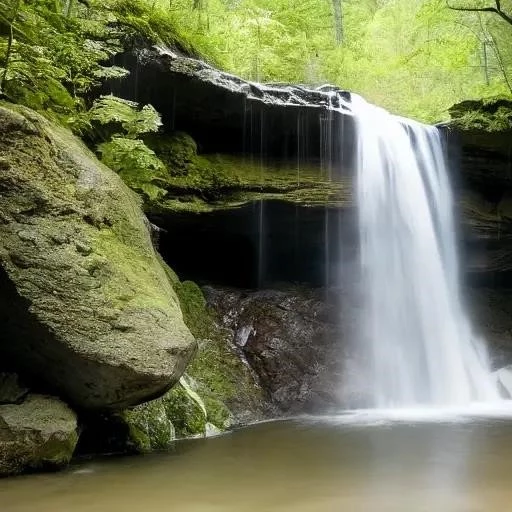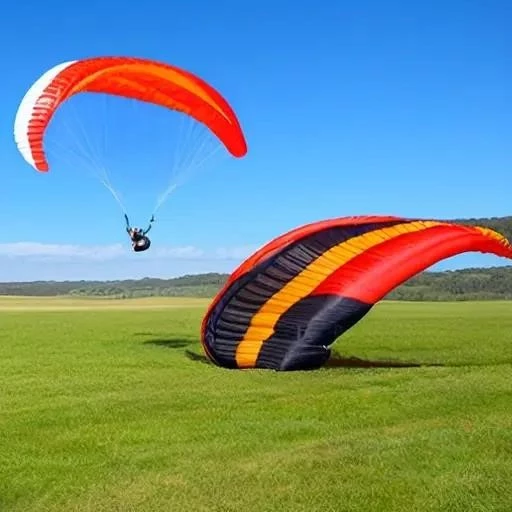Hawaii‚ a name synonymous with paradise‚ beckons millions with its azure waters‚ verdant landscapes‚ and the promise of unforgettable adventures. From the bustling shores of Waikiki to the serene‚ secluded beaches of Kauai‚ the islands offer an unparalleled tapestry of natural wonders. Yet‚ amidst this breathtaking beauty‚ there exists a stark reminder of nature’s untamed power and the critical importance of respecting its boundaries: Sacred Falls State Park.
For decades‚ this once-pristine sanctuary on Oʻahu’s North Shore has been a forbidden zone‚ its trails sealed off by the state after a tragic rockfall incident in 1999 claimed eight lives. Despite clear warnings and robust enforcement efforts‚ the allure of the infamous waterfall continues to draw intrepid‚ albeit misguided‚ hikers. What many fail to realize is that venturing beyond those “No Trespassing” signs isn’t just a risk to life and limb; it’s a costly gamble with severe financial and legal repercussions‚ potentially turning a dream vacation into a harrowing ordeal.
| Attribute | Details |
|---|---|
| Park Name | Sacred Falls State Park |
| Location | Hauʻula‚ North Shore‚ Oʻahu‚ Hawaii |
| Current Status | Permanently Closed to the Public Since May 9‚ 1999 |
| Reason for Closure | Catastrophic Rockfall Incident |
| Fatalities (1999) | 8 lives lost |
| Primary Danger | Unpredictable and frequent rockfalls |
| Legal Classification for Entry | Petty Misdemeanor (violating HAR 13-146-4 (a)) |
| Potential Penalties |
|
| Official Reference | Hawaii Department of Land and Natural Resources (DLNR) State Parks |
The warnings are not merely suggestions; they are dire pronouncements born from tragedy. Conservation officers from the Department of Land and Natural Resources (DLNR) meticulously patrol the area‚ issuing citations that range dramatically in severity. For a first offense‚ individuals caught entering the closed state park can face a civil penalty of up to $1‚000‚ akin to a hefty traffic ticket. This penalty‚ however‚ is merely the tip of the iceberg‚ as subsequent violations escalate dramatically‚ demonstrating the state’s firm resolve to deter such dangerous acts. Imagine the potential regret of a vacationer who‚ seeking a momentary thrill‚ finds themselves facing a $2‚500 fine for a second infraction‚ or a staggering $5‚000 to $10‚000 for a third‚ completely overshadowing any fleeting sense of adventure.
DLNR officials have repeatedly underscored the gravity of the situation‚ characterizing Sacred Falls as the state’s most frequent closure violation. Many visitors‚ it seems‚ erroneously believe the “Danger – Keep Out” signs are merely designed to scare them off‚ rather than to protect them from genuinely life-threatening conditions. “This time‚ they’re not‚” one officer grimly stated‚ emphasizing the inherent and persistent risk of rockfalls. The park’s enduring closure‚ now spanning a quarter-century‚ is a profound testament to the unpredictable geological instability that still plagues the area‚ making any entry a perilous gamble with potentially fatal consequences. It’s a somber echo of the past‚ projecting a clear warning into the future.
By understanding these stringent regulations‚ aspiring adventurers can make informed‚ responsible choices‚ safeguarding both their wallets and their well-being. Instead of succumbing to the temptation of forbidden trails‚ Hawaii offers a plethora of incredibly effective and perfectly legal alternatives. Consider‚ for instance‚ a tranquil kayaking and hiking adventure along the Wailua River‚ leading to magnificent falls that are both accessible and safe. These guided tours‚ often including lunch‚ provide a rich‚ immersive experience without the looming threat of fines or injury. Embracing such sanctioned activities not only ensures personal safety but also fosters sustainable tourism‚ supporting local economies and preserving Hawaii’s irreplaceable natural heritage for generations to come.
The narrative surrounding Sacred Falls serves as a powerful parable for responsible tourism worldwide. It’s a call to action for visitors to respect local laws and environmental advisories‚ recognizing that behind every restriction lies a crucial reason‚ often one involving public safety. As we look towards a future of increasingly mindful travel‚ integrating insights from local authorities and scientific assessments becomes paramount. Let us choose to explore paradise intelligently‚ cherishing its wonders by adhering to its rules‚ ensuring that our adventures contribute positively to the preservation of these cherished landscapes rather than inadvertently jeopardizing them. The true cost of Sacred Falls citations transcends mere dollars; it encompasses the invaluable price of life itself and the enduring integrity of Hawaii’s sacred lands.






